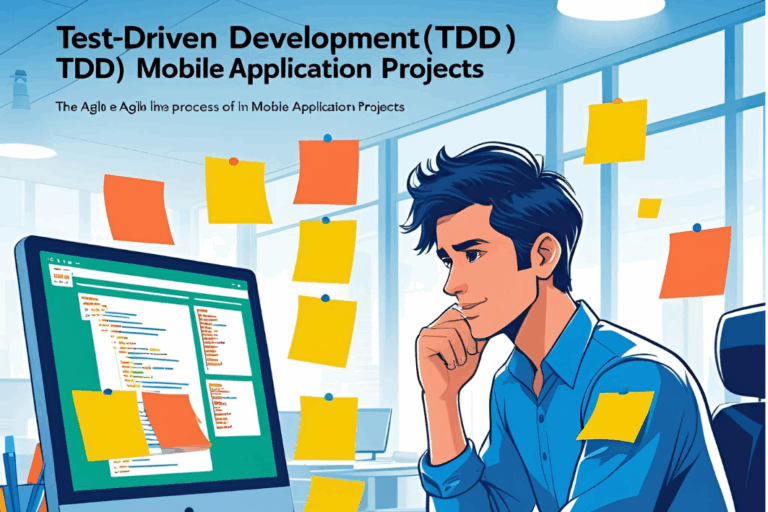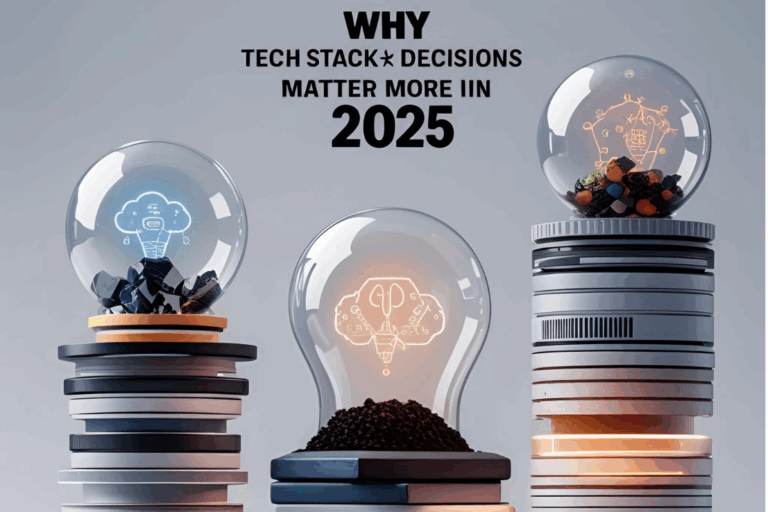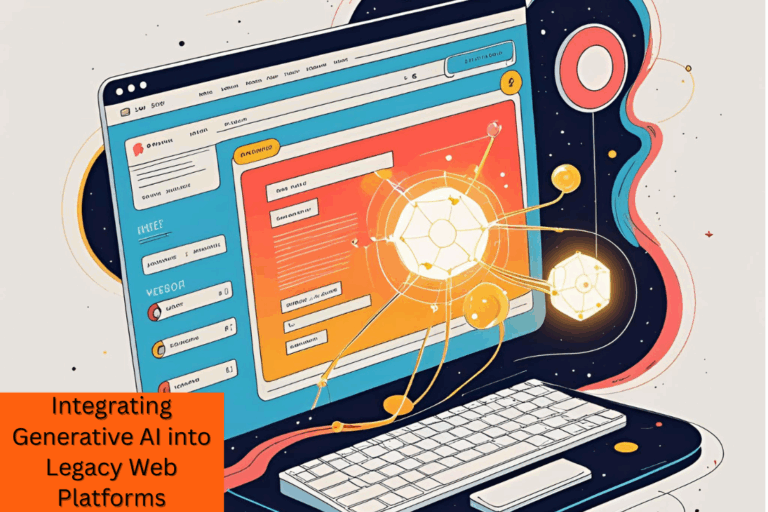Applying Agile Methodologies to Modern Software Projects
In a fast-moving digital world, rigid development cycles no longer cut it. Today’s software teams must respond to changing requirements, customer feedback, and market shifts—in real-time. This is why Agile methodologies have become the backbone of modern software delivery.
At Techo Lab, we’ve applied Agile practices to product builds across industries—from lean startups to enterprise modernization projects. But Agile isn’t just a buzzword—it’s a framework for aligning teams, reducing waste, and accelerating product value.
In this article, we’ll break down how to apply Agile effectively, what challenges to expect, and how to make Agile work for your team—not just your roadmap.
What Is Agile Software Development?
Agile is a flexible, iterative approach to software development in which teams produce usable product increments in brief cycles, or sprints. Agile prioritizes the following over Waterfall planning and release:
- Customer collaboration over contract negotiation;
- Working software over extensive documentation;
- Adapting to change rather than adhering to a set plan.
It’s a mindset, not a procedure. Additionally, when properly executed, it establishes a feedback loop among users, stakeholders, and product teams.

The Benefits of Agile for Contemporary Software Projects
Agile isn’t limited to IT teams. Product, design, development, and quality assurance are among the cross-functional squads at Techo Lab that use Agile. This explains why it is still essential to contemporary development:
- A quicker time to value
Agile divides complex features into more manageable outputs. Consumers frequently and early witness progress. - Integrated Adaptability
It is possible to respond to stakeholder feedback, evolving market demands, or new insights mid-cycle without completely crashing the project. - Alignment Across Teams
Agile rituals that encourage openness, cooperation, and shared ownership include daily standups, sprint reviews, and retrospectives. - Less Danger
Regular iterations enable ongoing user validation and testing, identifying problems early before they become costly.
The Agile Implementation Framework of Techo Lab
Agile isn’t universally applicable. We customize it according to the delivery model, the team, and the product. At Techo Lab, we organize our Agile methods as follows:
- Scrum for MVPs and Feature-Driven Products: 2-week sprints, clearly defined roles (Scrum Master, Product Owner), and backlogs linked to specific results.
- Kanban for Continuous Delivery and Support: Best suited for teams overseeing numerous priorities or live products.
- Hybrid Agile, which combines Lean UX, DevOps automation, quarterly roadmaps, and Scrum framework for more extensive digital transformations.
Resources That Support Agile at Scale
Agile requires the appropriate tools to facilitate visibility, planning, and teamwork. We assist customers in utilizing tools such as:
- Miro or FigJam: remote sprint planning and retrospectives; Jira or Linear: sprint planning, tracking, and reporting
- Confluence or Notion: shared knowledge base and documentation; Slack integrations: bug alerts, sprint reminders, and async standups
These are not merely tools; they are a component of the Agile framework that maintains team cohesion and accountability.
Typical Agile Mistakes and How We Avoid Them
When agile is done incorrectly, chaos results. What we look out for is as follows:
- No true ownership of the product
Backlogs become ticket factories when there isn’t a strong product owner. We enable our clients to establish distinct, dynamic priorities. - A misunderstanding of MVP
Agile MVPs are valuable, tiny, testable solutions rather than prototypes. We help teams properly scope and validate. - Disregarding Reflectives
Learning is killed when retros are skipped. Our teams view retros as required process improvement sprints rather than voluntary gatherings. - Overburdening Groups
Teams who are overworked lose velocity. We right-size workloads using real-time data and enforce work-in-progress restrictions.
Actual Outcomes: Agile in Practice
Using Scrum, a FinTech client of Techo Lab reduced their feature delivery time from six weeks to ten days. They achieved a 45% reduction in post-release issues while releasing more quickly than ever before by improving backlog grooming and implementing automated regression testing.
Agile increased trust within the organization in addition to improving delivery.
In Conclusion
Agile approaches instill discipline in rapid innovation. They enable contemporary software teams to confidently develop, test, and scale products despite uncertainty.
At Techo Lab, we put the culture, processes, and leadership style that make Agile work in the real world into practice rather than merely adhering to Agile rituals. Agile is your lever for ongoing product excellence, whether you’re scaling a company or changing outdated systems.





